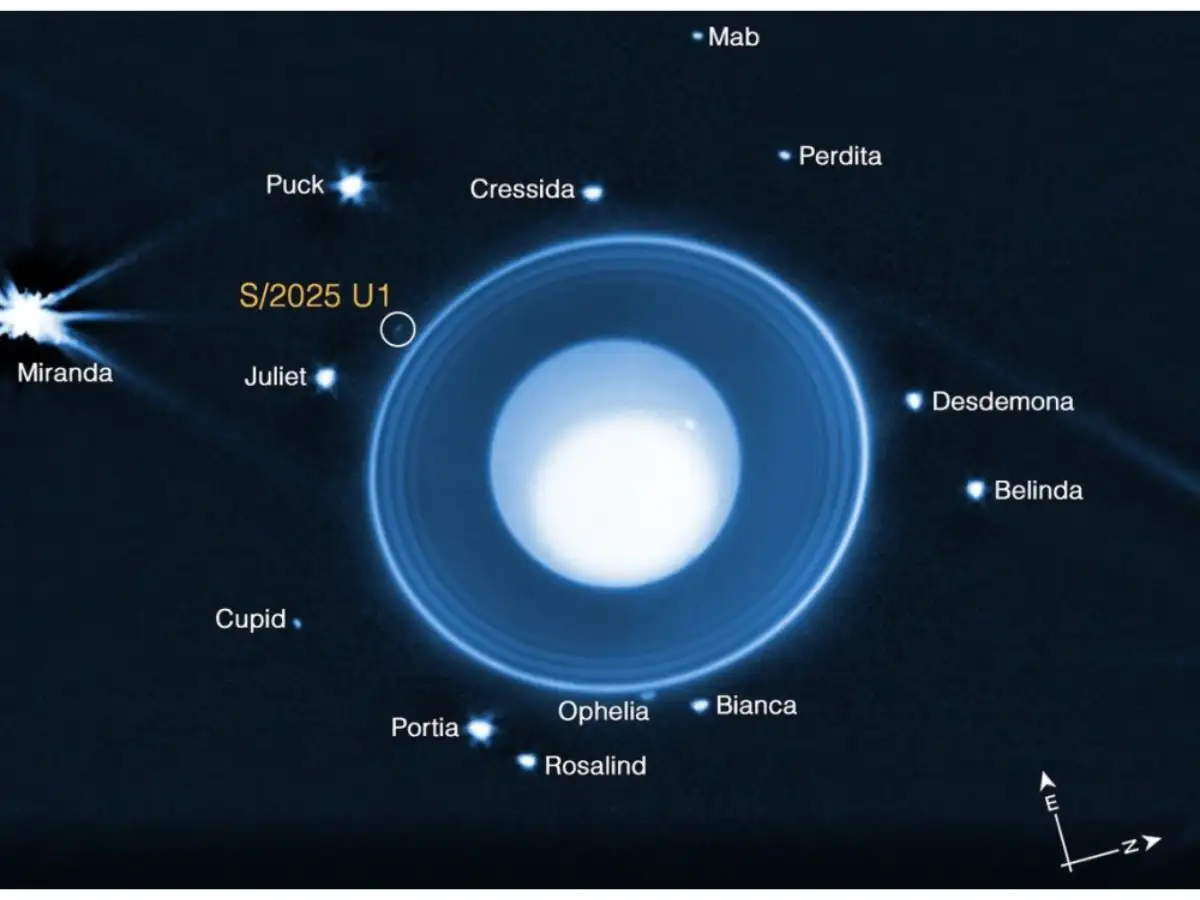
In a remarkable achievement that underscores the rapid advancements in space technology and international cooperation, SpaceX has successfully launched its 50th Dragon spacecraft to the International Space Station (ISS). This resupply mission, conducted on behalf of NASA, marks a significant milestone not only for SpaceX as a private aerospace manufacturer but also for humanity’s ongoing efforts to explore and sustain life beyond Earth.
The Significance of the 50th Launch
The successful deployment of the 50th Dragon spacecraft symbolizes years of dedicated effort, innovation, and collaboration. Since its first launch, SpaceX has steadily built a reputation as a reliable partner in space logistics, dramatically reducing costs and increasing efficiency for resupply missions. The Dragon spacecraft is renowned for its versatility, capable of carrying cargo, scientific experiments, and even crew members, and its repeated success has cemented SpaceX’s position at the forefront of commercial spaceflight.
According to reports, this milestone exemplifies SpaceX’s commitment to supporting NASA’s vision of sustainable space exploration, including human missions to Mars and beyond. As NASA continues its partnership with private companies, SpaceX’s achievements pave the way for more frequent and ambitious missions in the future.
Highlights from the Latest Resupply Mission
- Cargo and Supplies: The latest shipment included approximately 5,000 pounds of essential supplies, scientific experiments, and hardware designed to support astronauts aboard the ISS. These supplies are critical for ongoing research and daily operations.
- Recovery of Rocket: In an impressive feat of engineering and environmental responsibility, the Falcon 9 first stage was successfully landed at sea, demonstrating SpaceX’s pioneering efforts in reusable rocket technology. This approach significantly reduces launch costs and minimizes space debris.
- Scientific and Medical Innovations: Among the payloads was a new venture by the Mayo Clinic aimed at exploring innovative therapies for bone loss, highlighting the role of space missions in advancing health sciences.
- Supporting Human Health: The mission also supported research to develop new therapies that could benefit human health terrestrially, emphasizing the symbiotic relationship between space exploration and medical science.
Impacts on International Collaboration and Future Missions
The ongoing partnership between SpaceX and NASA exemplifies international and commercial cooperation in space. As NASA prepares for upcoming missions, including the Poseidon program aimed at lunar exploration, SpaceX’s demonstrated reliability continues to make it a key player in the future of space logistics and human exploration.
This achievement also contributes to the broader goal of fostering a sustainable presence in low Earth orbit, serving as a stepping stone for missions beyond our planet. The success of this 50th Dragon launch indicates a future where private companies will play an even larger role in maintaining and expanding humanity’s presence in space.
Technological Innovations Supporting Success
The continuous success of SpaceX’s Dragon missions is underpinned by several technological innovations:
- Reusability: The reuse of Falcon 9 boosters has drastically decreased launch costs, making frequent missions feasible.
- Advanced Autonomy: The Dragon spacecraft features sophisticated navigation and docking systems that facilitate precise rendezvous with the ISS.
- Cargo Handling: The Dragon capsule is equipped with state-of-the-art cargo modules capable of carrying both pressurized and unpressurized loads, allowing for diverse mission profiles.
- Sustainable Operations: SpaceX’s focus on sustainable, environmentally conscious procedures continues to set new industry standards.
Global Impact and Future Outlook
The continuous resupply missions have a profound impact on the scientific community and space agencies worldwide. They enable researchers to conduct experiments in microgravity that cannot be performed on Earth, leading to breakthroughs in medicine, materials science, and environmental studies.
Looking ahead, SpaceX has announced plans to increase the frequency of its missions and expand its payload capacity. The successful launch of its 50th Dragon paves the way for the next phase of human and robotic exploration, including potential missions to the Moon and Mars under NASA’s Artemis program and SpaceX’s Starship development.
Furthermore, these missions foster international cooperation as countries collaborate on scientific research, technological advancements, and exploration strategies. The achievements of SpaceX significantly contribute to humanity’s collective effort to explore and utilize space for peaceful and scientific purposes.
Conclusion
The milestone of launching the 50th Dragon spacecraft to the International Space Station highlights the incredible progress made in space technology, commercial partnerships, and scientific research. SpaceX’s unwavering commitment to innovation and reliability continues to redefine what is possible in space exploration and support human endeavors beyond our planet.
This journey exemplifies the power of private enterprise combined with international agency collaboration, setting a bright trajectory toward a sustainable and expansive human presence in space. As we celebrate this historic achievement, the prospects for future missions are more promising than ever.
For more updated news please keep visiting Prime News World.








